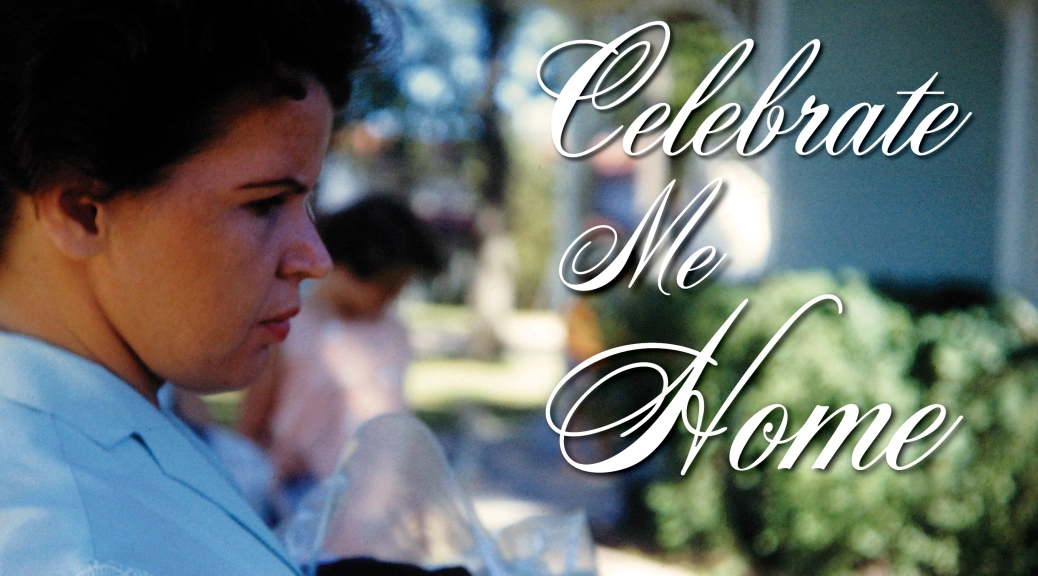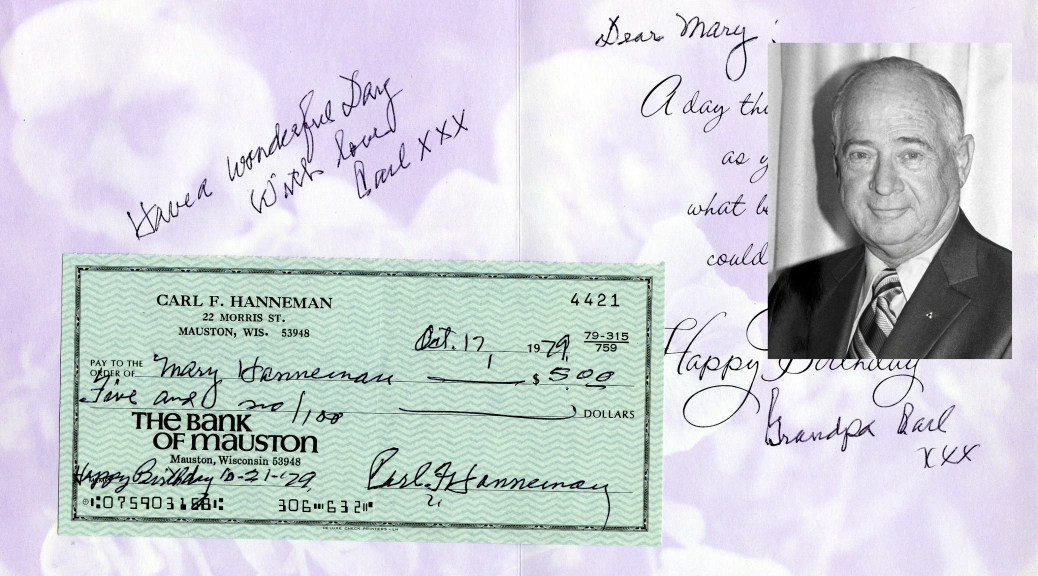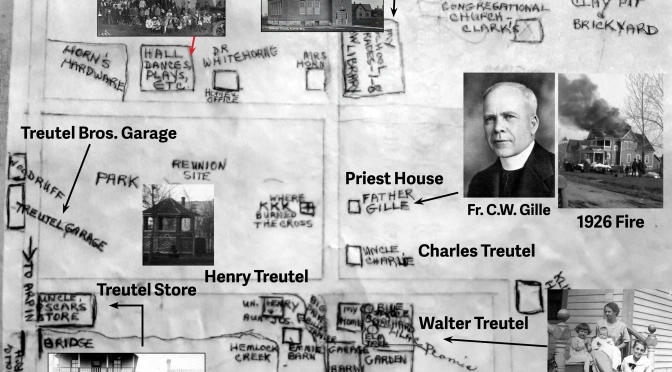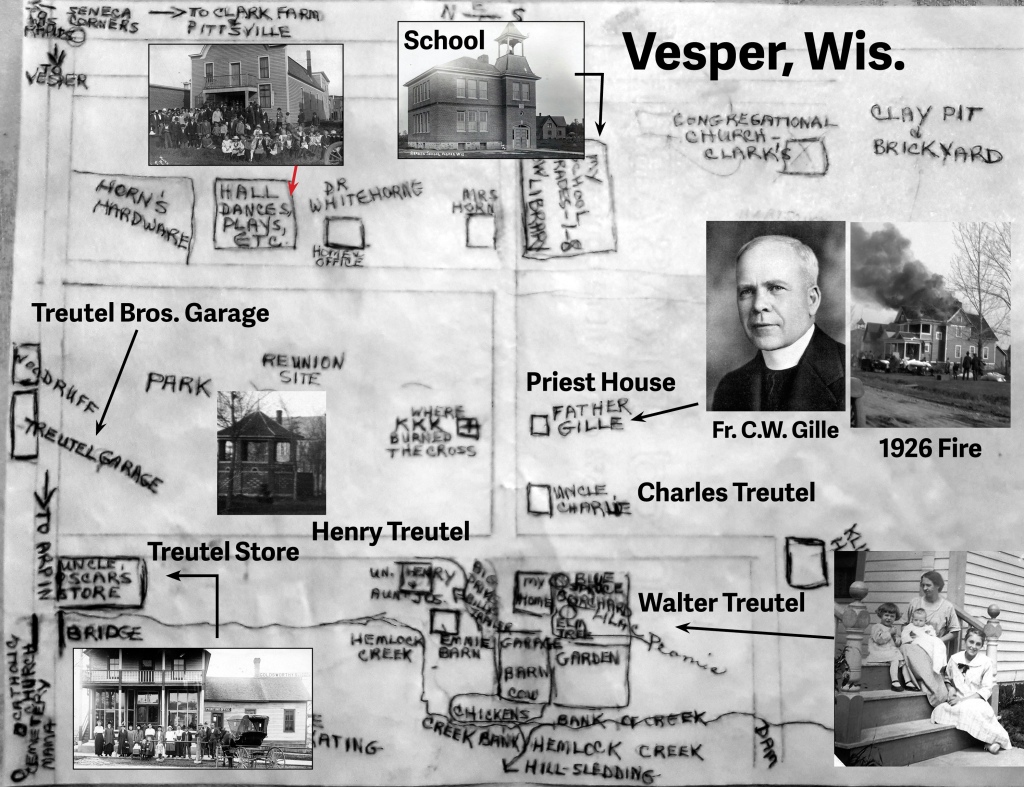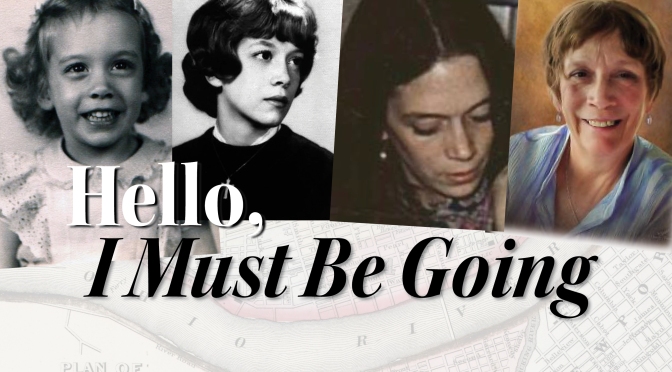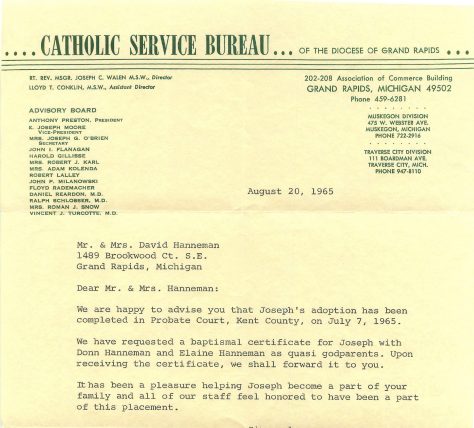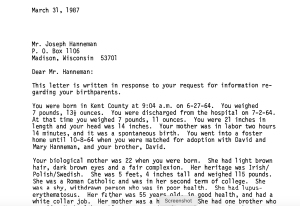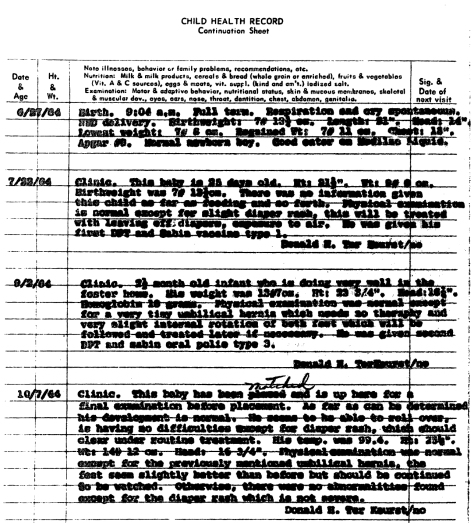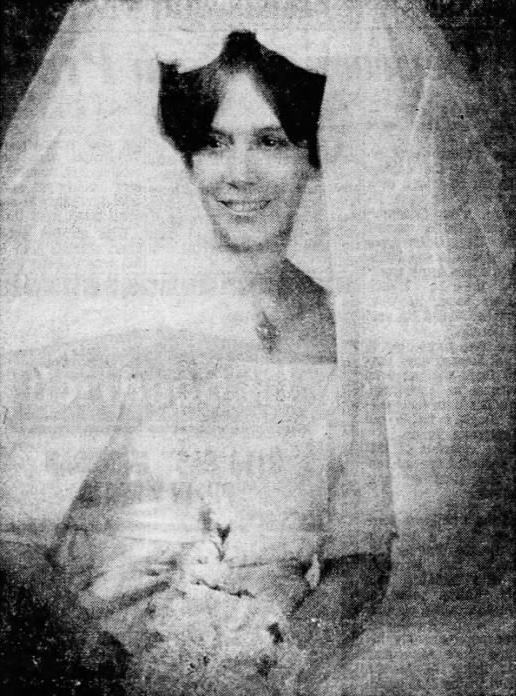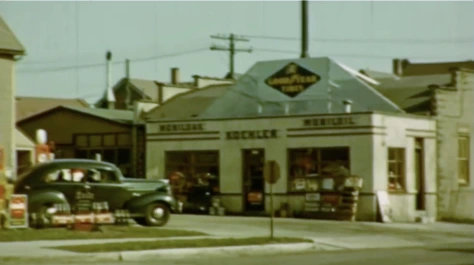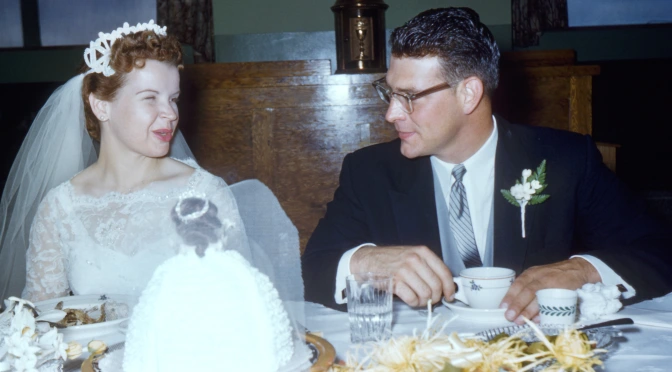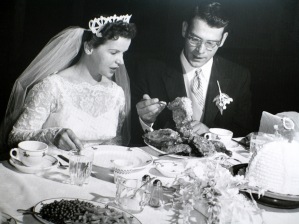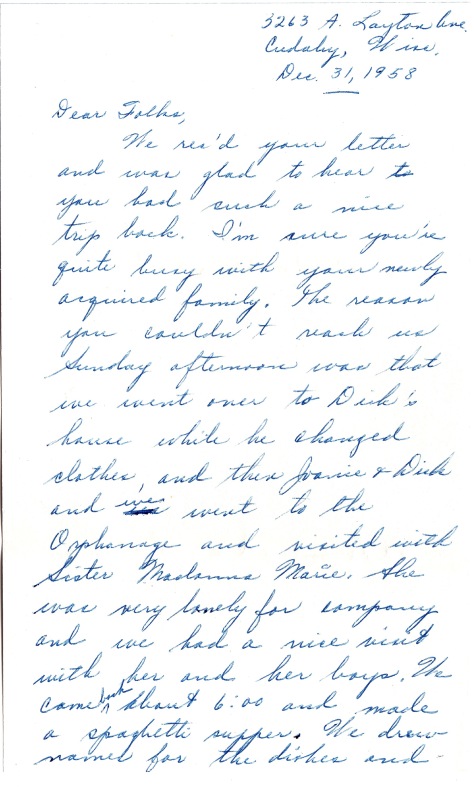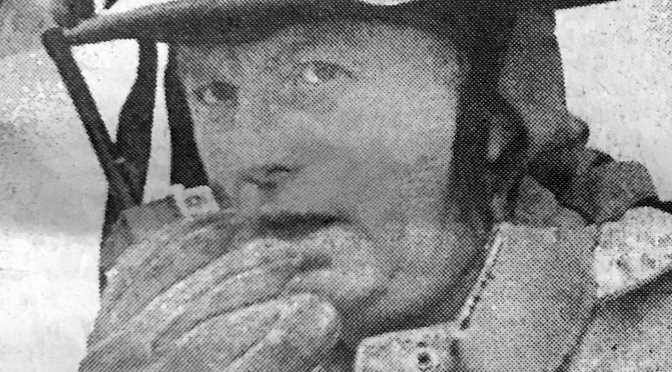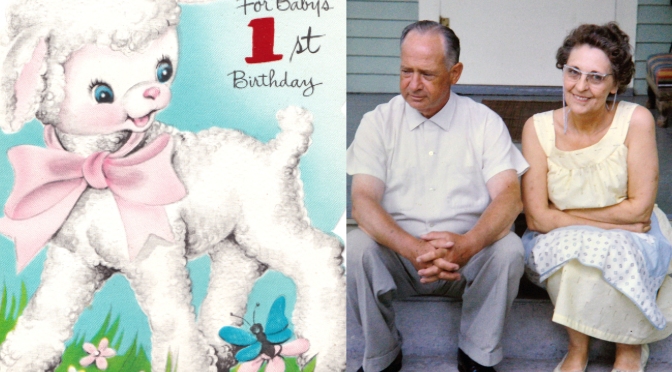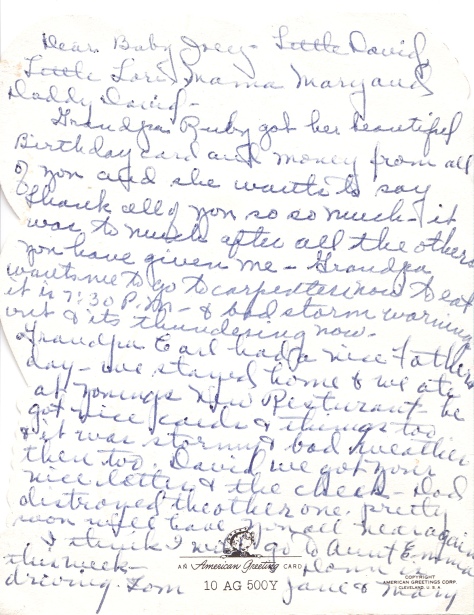This was a day I’d long dreaded. I knew it was coming, and prepared for it the best I could. But I feared it still, because I did not have an answer for the question it posed. How do I — how could I — say goodbye to our family home?
I walked through the now nearly empty house and I still had no answer. So much had happened during the nearly 14 years we lived here. Our third child joined us here. They all grew up here. Our oldest went off to college from here. I started a home-based business here; a business that failed during the long recession. That’s what eventually brought me to this day, just a short time before foreclosure would take it all away.

I stood in the front entryway and listened. Nothing. The quiet was almost deafening. A few boxes and odds and ends were scattered about, but very little remained of the home I loved. This is not how a home is supposed to look. I’m struck by how cold and empty it is. No pictures on the walls. No dogs running to the window to bark at the mailman. No children watching a favorite movie. No charcoal grill cooking steaks out on the deck. No carefully decorated Christmas tree in the corner of the family room, sending out a warm glow into the night. No family saying grace at the dinner table. This is not how I want to remember our home.
I start to walk the house. Almost like a projected movie, the memories flowed, right before my eyes.

I peered outside the small window to the left of the front door. I can almost see my late father coming up the sidewalk with a broad smile and saying, “Hello, Jofus” (that was his little word play on my given name after St. Joseph). September 15, 2006. That was the last time he was here. The sun glints off his silver hair, he waves, and is gone.
I turn and start to head up the stairs to the second floor. The paint color is darker on a large section of the wall. For most of the time we lived here, a giant quilt hung on the wall, embroidered with the saying, “In a House with Love, All things are Possible.” The carpeting on a section of the landing looked new where a small cherry bookcase sat. The case had belonged to my Grandpa Carl. On top of the case I had a shrine with candles, a large crucifix and a statue of the Blessed Virgin Mary. On many nights those candles burned in prayer for a dying relative, a sick friend or some special intention. I used to get angry at our son for dipping his fingers into the hot wax and either making fingerprints on the wood, or rolling little marble-size balls of warm wax that he left along the edge of the bookcase. What a silly thing to get upset about. How I wish I could put the case back and have those wax fingerprints again.

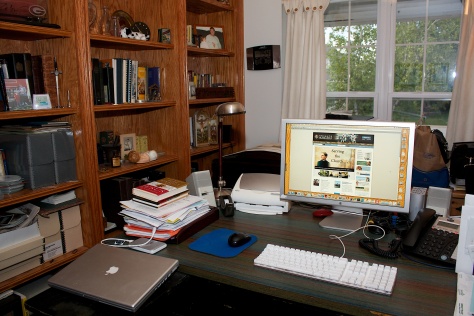
At the top of the stairs, I paused. This was the site of one of the most frightening events in family history. Samantha, then 4, was playing with a magic kit. It had a small polystyrene ball and a black tube. Her little eyes turned to a look of terror when she realized the ball had become lodged in her throat. My wife tried the Heimlich maneuver and smacking Samantha between the shoulders. It didn’t work. In desperation, she picked little Samantha up by the ankles and held her upside down. Pop! Out it came. The tears of relief flowed.
I turned left and entered the master bedroom. The heart of the house was now nearly empty. In the corner still stood a chest of drawers. I opened the top drawer and saw an envelope and more than a dozen plastic baggies. Each bag contained a tiny tooth, snatched from under a child’s pillow and replaced with a gift. It was good of the Tooth Fairy to leave them. I kept them all. I picked up the letter, which was addressed to Santa Claus, North Pole. It even had a stamp on it. I gathered the bags and the letter into my pockets. Precious memories need to be kept.

I walked down the hallway toward the children’s bedrooms. On the wall I could see the outlines where our wedding photos used to hang. How young we all looked on that Saturday, December 1, 1990, at St. Rose of Lima Catholic Church. I still had hair and was 40 pounds lighter. What a blessed day that was. Such a contrast to the sadness of today.
As I approach the first bedroom, I see a large hole near the bottom of the wooden door. I remember the day in 2002 I rushed home from work because our then 10-year-old son Stevie had kicked a hole in the door in a fit of anger. As I walked inside the room, I could almost see my son’s battery-operated pteradactyl, flying in circles, anchored to the ceiling by fishing line. The wooden dressers that once sat along the western wall for years had glass aquariums on top — home to hermit crabs, green anole lizards and frogs. The anoles had a diet of live crickets, which were as likely to escape into the carpet as end up in a lizard’s stomach.

Across the hall, I was impressed by the cheery green paint of another child’s bedroom. There were glow-in-the-dark stars pressed all over the ceiling. Pet nets hung in the corners, once home to dozens of stuffed animals. They are empty now. This room had changed hands several times over the years. It started out with white walls as a nursery. The white steel crib sat against the far wall, waiting for its new resident. She came home on a July 4 during our first summer here. It was 104 degrees outside. Little Ruby spent a week in intensive care with a hole in her lung. She was our third baby. We worried so much about her. Every peep on the baby monitor sent us scurrying down the hall. But all was well. How many times I sat in the oak rocking chair in this room, feeding Ruby a bottle. There’s no feeling in the world like rocking a newborn in the still of the night. I thank God for the experience, and the memories.

There was one last bedroom on my tour. Over the years it was painted blue, white, pink and yellow. Today I saw a toddler bed tucked in the corner. I was reading a book to a curly hair redhead. It was a classic Dr. Seuss tome, Mr. Brown Can Moo! Can You? It was a favorite of all three children for its memorable, rhythmic lines. “Dibble dibble dop dop, cock-a-doodle-doo! Mr. Brown can do it. How about you?” Once the book was done, we started a nightly ritual to see how long I’d sit by her bed as she fell asleep. I started the bidding. “I’ll stay THESE minutes,” I said, holding up two fingers. “No, THESE minutes,” Samantha shot back, holding up five fingers on each hand. After a few rounds of this, she usually won. Now I wish I had these minutes back again. As I turned to leave the room, I saw both daughters asleep in their beds. A small lamp threw off just enough to illumine the room. In my head I could hear a favorite Nat King Cole song:
Lights out, sweetheart / One more perfect day is through
Lights out, sweetheart / One more perfect dream come true
We’ve reached the hour of parting / So kiss me tenderly
Lights out, sweetheart / Close your eyes and dream of me
Close your eyes and dream … of me
Goodnight, sweetheart

Back down the stairs, I stood in the foyer again. My grandmother’s 1899 Singer sewing machine had been the centerpiece for years as the staging place for all sorts of family displays. I saw the children gathered around the Advent wreath, taking turns lighting the purple and rose candles. Or placing Baby Jesus into the Nativity creche on Christmas Eve. Most of the year it was covered with framed family photos, from the kids’ sports and school pictures to the large wooden-framed antique photo of my Grandma Ruby Hanneman (1904-1977).
I walked into the kitchen and was overwhelmed with memories of family meals, birthday parties, family meetings and prayer time. I recall our weekly ritual of doing a “blessing cup” ceremony, where each of us would take the blessing cup and talk about something we are thankful for. Ruby, who was very young when we started the tradition, always said the same thing: “I’m sankable (thankful) for my skoowa (school).” It never got old. Today, the table is gone and the blessing cup is packed away. I am still most thankful for it all.

I looked out the sliding glass door to the deck. Suddenly the gas grill was fired up and I was cooking steaks, vegetable kabobs and hot dogs. On the corner of the deck, a fire pit crackled with warmth in the fall night, with our children and the neighbors gathered around, toasting marshmallows. A group of children and adults sat in chairs on the deck, watching me light fireworks for July 4th. “Ooh, pretty! Light the big one now, Daddy.” I looked up at the second-story windows and saw the low flickering light from a television playing a favorite Disney movie, Aladdin.

I walked around the front of the house and the snow was suddenly 3 feet deep. On the porch was my Dad’s handmade wooden Nativity scene, which daughter Samantha had repainted and restored. It glowed a welcoming gold, red and green in the cold darkness. I walked toward the garage and all three kids came running down the driveway with their fishing poles and a tackle box in tow. “Wait for me!” one yelled, as they ran towards the neighborhood pond. How I miss those fishing days now.
I walked back inside and stood at the foot of the stairway. I listened, but heard nothing. Heavy silence. Nobody home anymore. My heart was so heavy, it felt like stone. I never wanted this day, but now it was here, and at an end. “Thank you so much,” I said out loud, almost expecting the house to answer me. “I’m sorry I failed you. Thank you for sheltering us for so long. I will never forget.” There was one more word I thought I should speak, but the lump in my throat kept it from coming out. I just couldn’t say it.
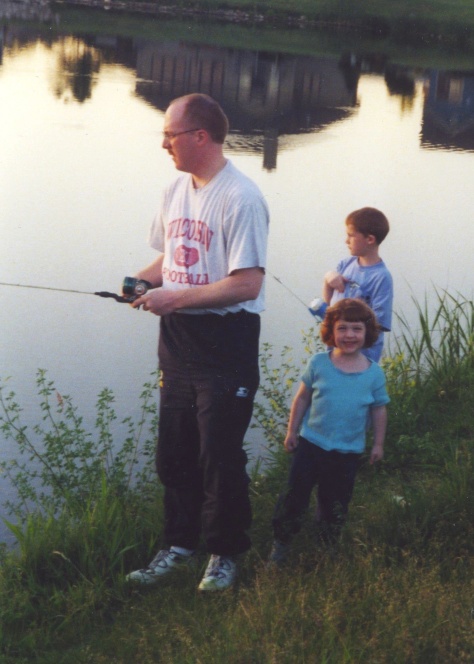
I pulled out of the driveway for the last time and started to drive away. I stopped and looked out the window. More than a decade of memories were visible to me all at once. They swirled around the house like fairy dust. In the upper window, my oldest daughter laid on her bed, reading a book. On the front lawn, our preschool children splashed in a pool. Relatives filed in the front door with armloads of Christmas presents. Our son sat in a lawn chair on the porch, studying for exams. All three children romped during a nighttime snowstorm. “Dadda, it’s snowing!” A petting zoo was set up in the front yard for a birthday party, with children taking turns riding a pony around the block. A tent was set up for a summertime sleepover. The smell of steaks wafted from the backyard grill. My Dad got out of his blue sedan and walked up the driveway with a wave. Voices rang out from the children’s rooms: “I had a bad dream.” “Santa came!” “I got all As!” “I love you, too.” “I’m really proud of you.”
I rolled down the window and took it all in. I waved and bid all of the memories to come with me. And so they followed. Some things are just too precious to leave behind. ♦








